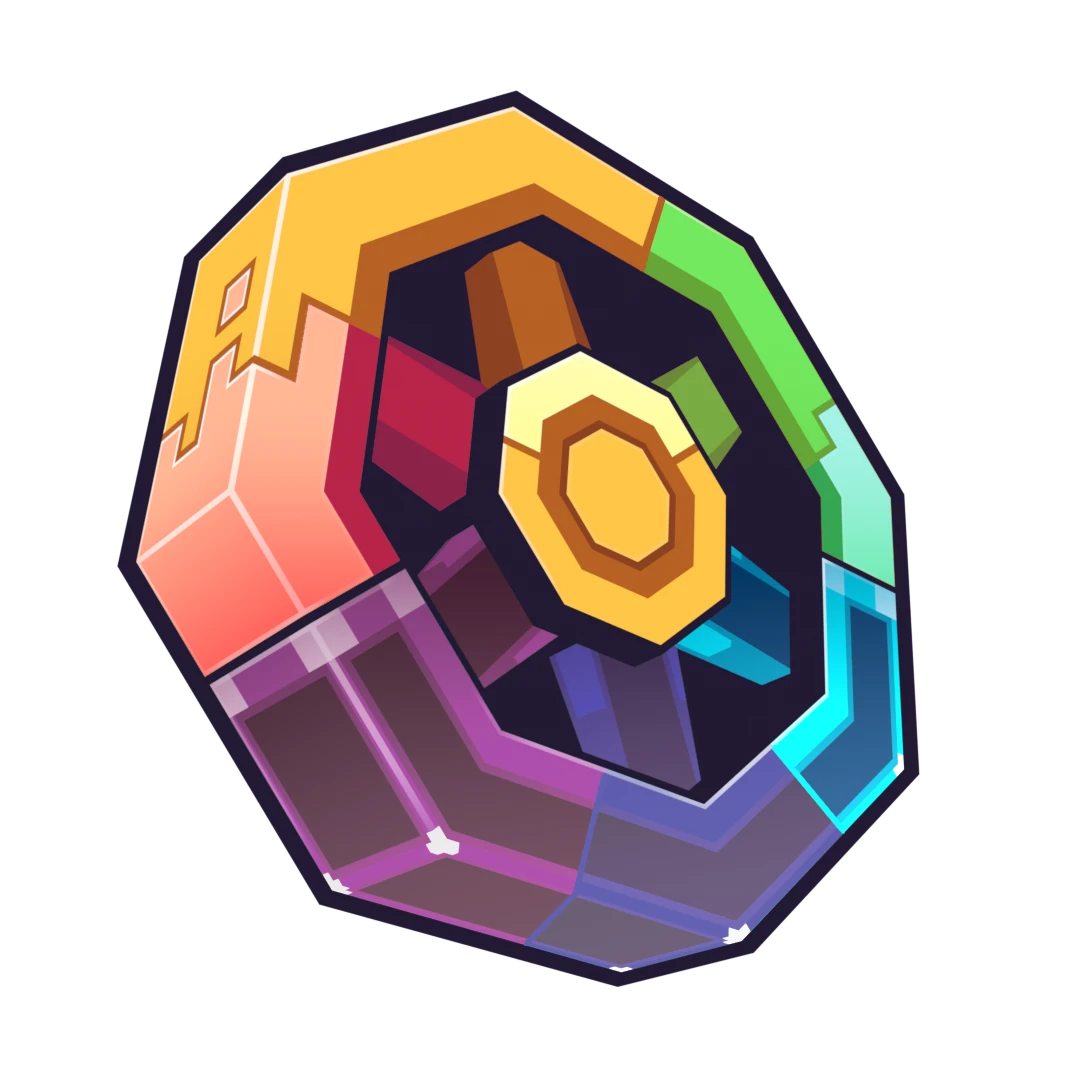Programs
Gbuffers
Section titled “Gbuffers”The clrwl_gbuffers program is most important one, as Colorwheel will reject any shaderpack without it. You don’t have to reinvent the wheel to create it, you may repurpose one of your existing program. gbuffers_terrain is a good starting point, but you might want to mix it with gbuffers_blocks and gbuffers_entities to support block entities and entities iPBR for example.
Let’s copy and rename gbuffers_terrain.vsh and gbuffers_terrain.fsh to clrwl_gbuffers.vsh and clrwl_gbuffers.fsh respectively. If we launch the game and select our shaderpack, Colorwheel will no longer complain about our shaderpack being incompatible !
Let’s try a few blocks from Create to test our current version.
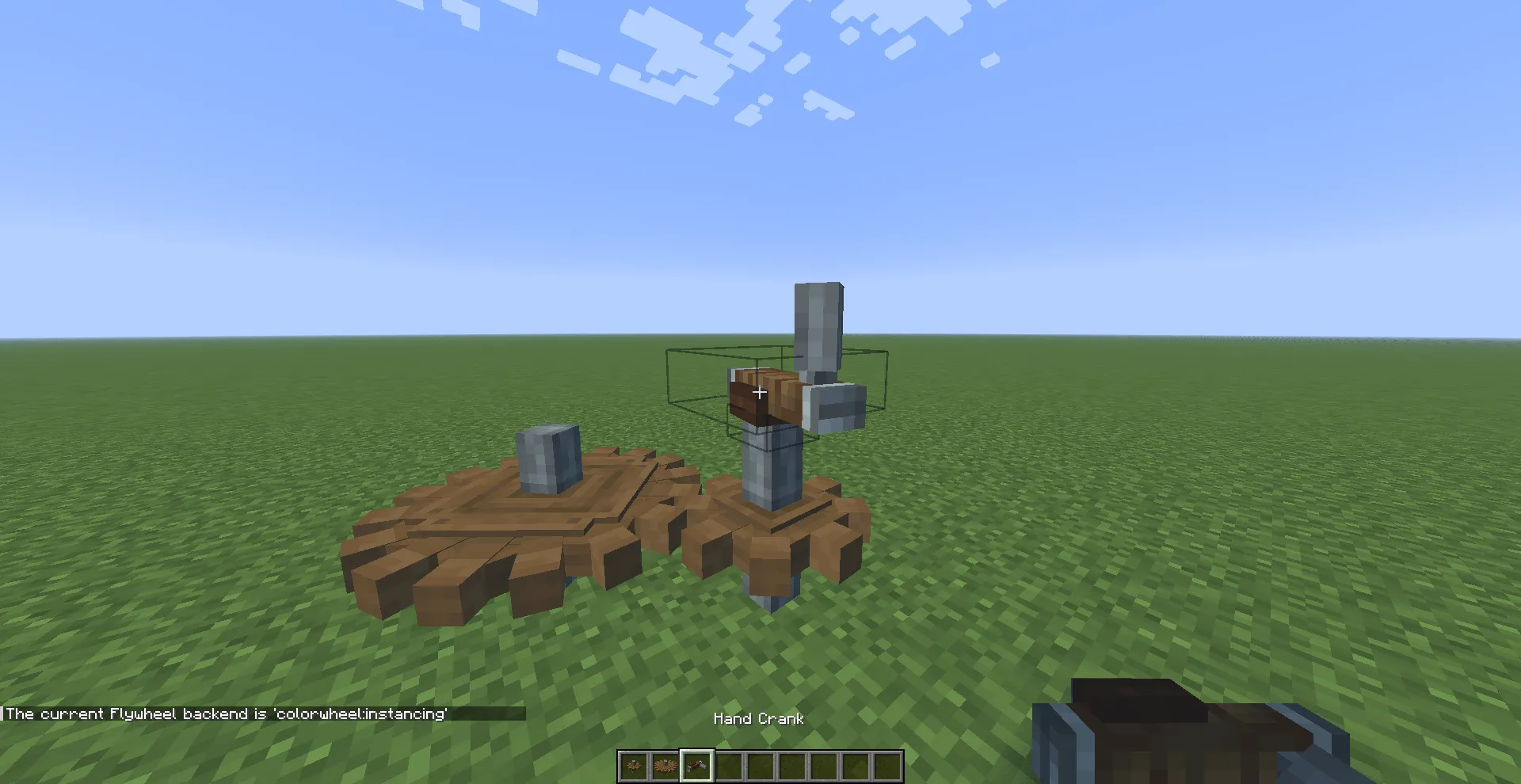
Cogwheels are rendered properly, and rotations are functioning as expected (yes I know this is a screenshot but trust me).
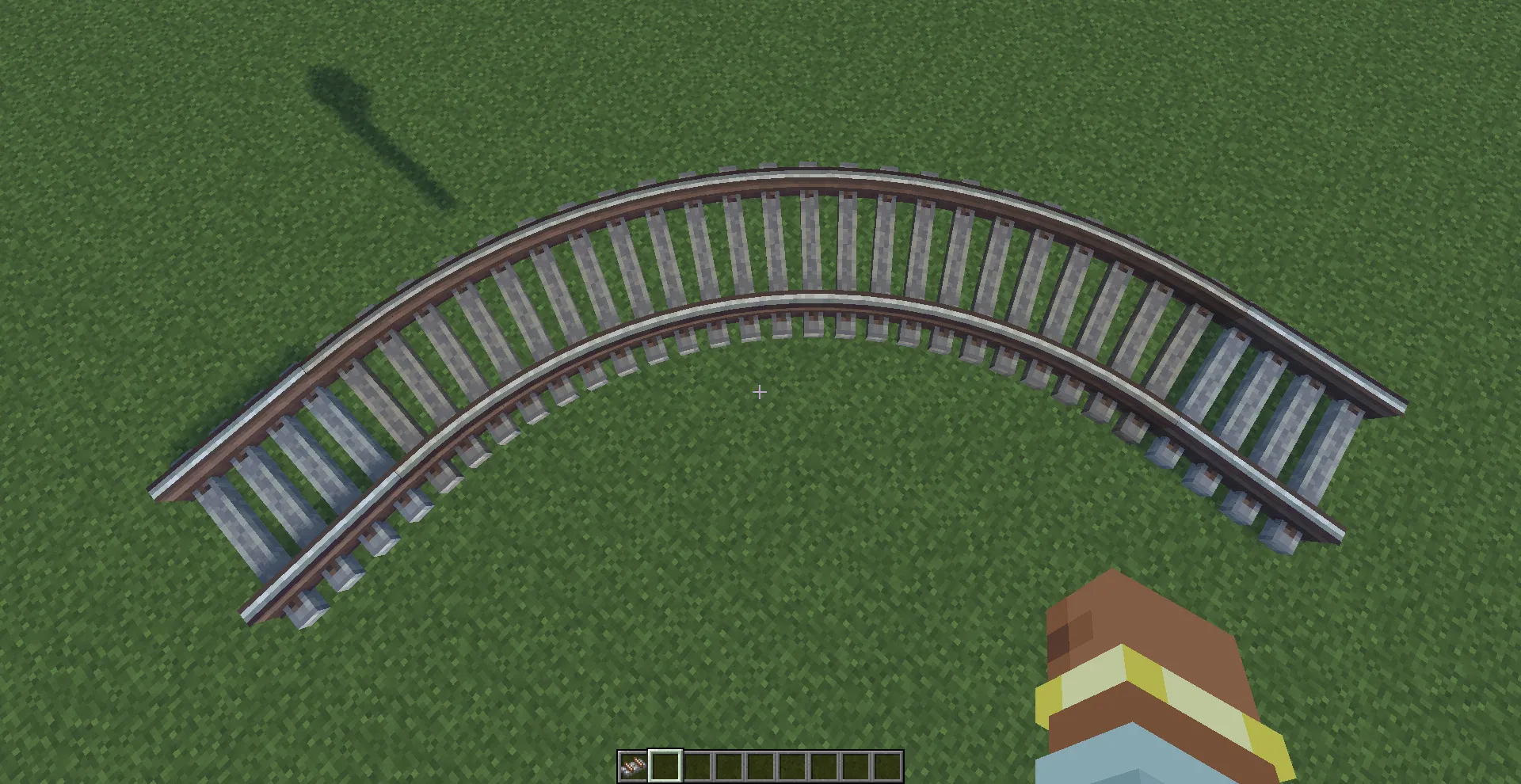
Uh, tracks are weird. Let’s try at night.
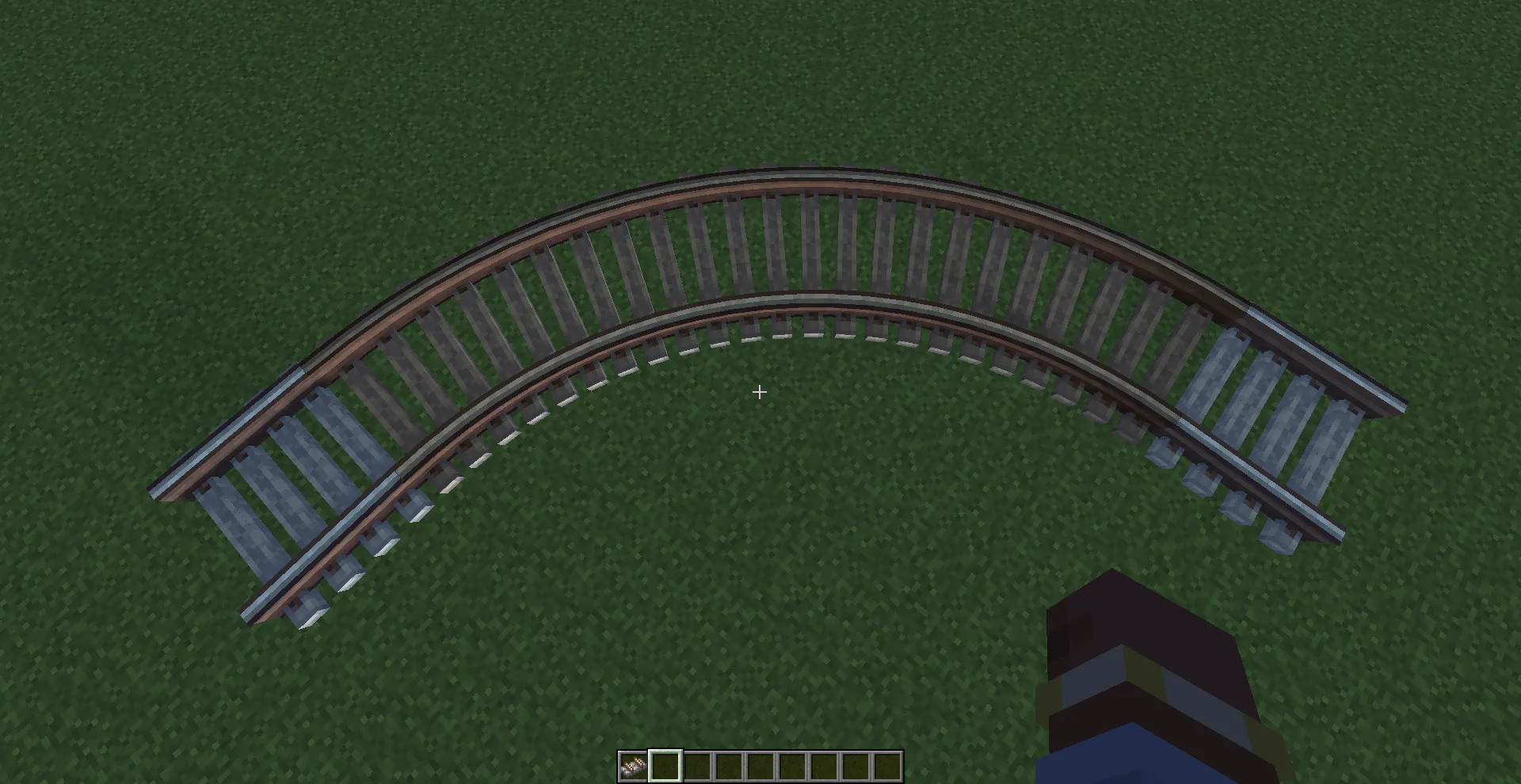
We already have the basics working, but we have some issues with the tracks. This is because we haven’t executed the material’s fragment, light and cutout shaders, which are essential.
computeFragment
Section titled “computeFragment”Colorwheel provides a nice wrapper in the form of the clrwl_computeFragment function. It is defined as follow:
void clrwl_computeFragment(vec4 sampleColor, out vec4 fragColor, out vec2 fragLight, out float ao, out vec4 overlayColor);It takes as input the result of texture(gtexture, texcoord) and returns:
fragColor: the result ofsampleColor * gl_Color, processed by the material’s fragment shader, with the ambient occlusion applied.fragLight: the lightmap value, ranging from0.03125to0.96875, computed by the material’s light shader.ao: the ambient occlusion value.overlayColor: the same as Iris’sentityColor.
Let’s fix our fragment shader.
#version 330 compatibility
uniform sampler2D lightmap;uniform sampler2D gtexture;
uniform float alphaTestRef = 0.1;
in vec2 lmcoord;in vec2 texcoord;in vec4 glcolor;in vec3 normal;
/* RENDERTARGETS: 0,1,2 */layout(location = 0) out vec4 color;layout(location = 1) out vec4 lightmapData;layout(location = 2) out vec4 encodedNormal;
void main() { color = texture(gtexture, texcoord) * glcolor; // biome tint color = texture(gtexture, texcoord); vec2 lmcoord; float ao; vec4 overlayColor;
if (color.a < alphaTestRef) { discard; } clrwl_computeFragment(color, color, lmcoord, ao, overlayColor); color.rgb = mix(color.rgb, overlayColor.rgb, overlayColor.a);
lightmapData = vec4(lmcoord, 0.0, 1.0); encodedNormal = vec4(normal * 0.5 + 0.5, 1.0);}coloris now the result of the material’s fragment shader, with the ambient occlusion applied and mixed with the overlay color.lmcoordis now the result of material’s light shader.alphaTestRefhas been removed as the correct test is done using the material’s cutout shader.
But wait, how does clrwl_computeFragment know about gl_Color ?
In reality, they are more in/outs that just the four declared. The material’s shaders all requires values from the vertex stage. As such, some values are automatically sent from the vertex stage to the fragment stage. The detailed list is available on the Attributes overview page.
With this fix applied, we can reload the shaderpack and see that the tracks are now properly rendered !
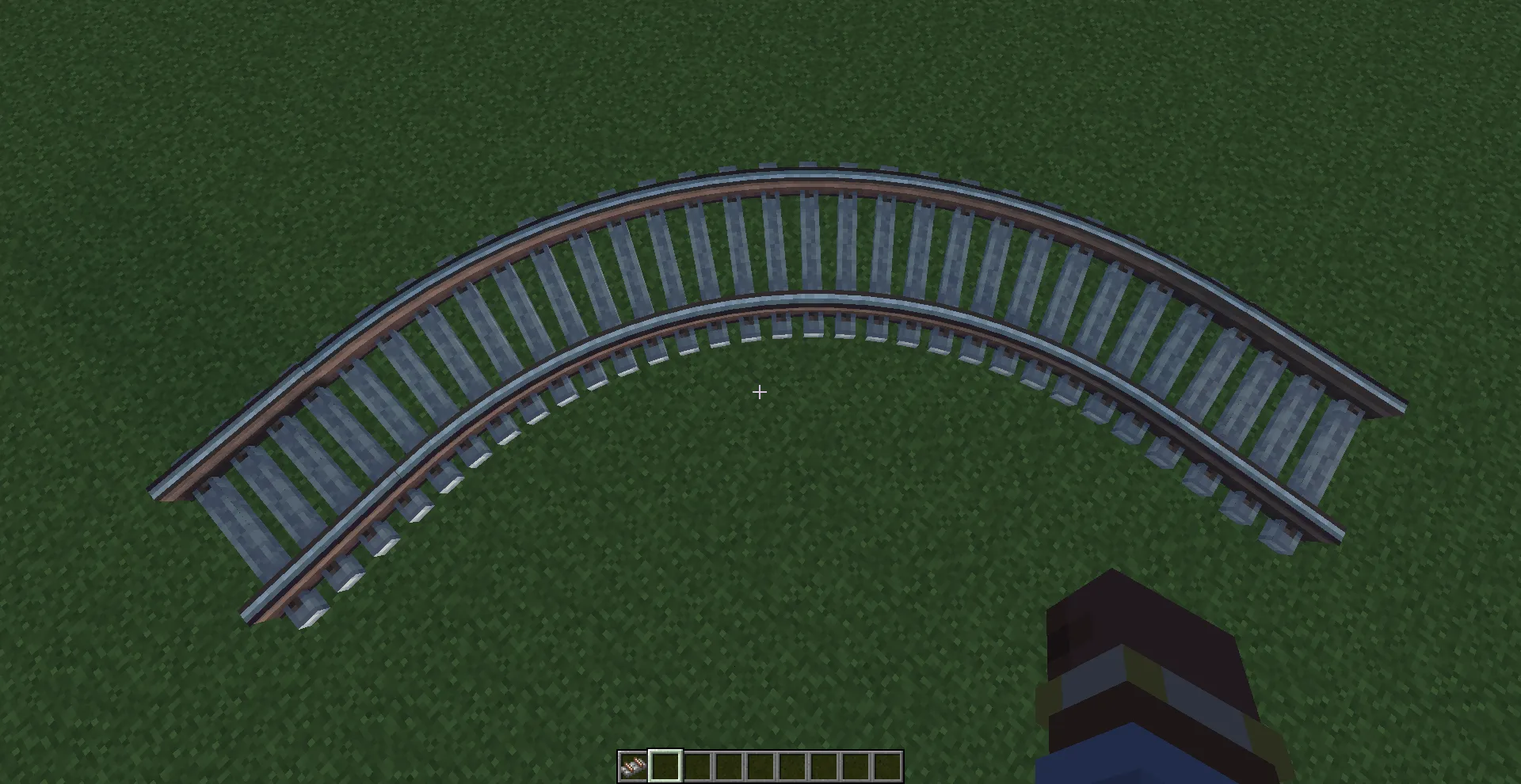
Shadows
Section titled “Shadows”As we haven’t declared the clrwl_shadow program yet, Flywheel geometries are not currently rendered in the shadow pass. We’ll process as we did with clrwl_gbuffers: use shadow as the foundation and call clrwl_computeFragment.
The new clrwl_shadow.fsh:
#version 330 compatibility
uniform sampler2D gtexture;
in vec2 texcoord;in vec4 glcolor;
layout(location = 0) out vec4 color;
void main() { color = texture(gtexture, texcoord) * glcolor; if(color.a < 0.1) { discard; } color = texture(gtexture, texcoord); vec2 lmcoord; float ao; vec4 overlayColor;
clrwl_computeFragment(color, color, lmcoord, ao, overlayColor);}If we reload our shaderpack, we now have our shadows being rendered !
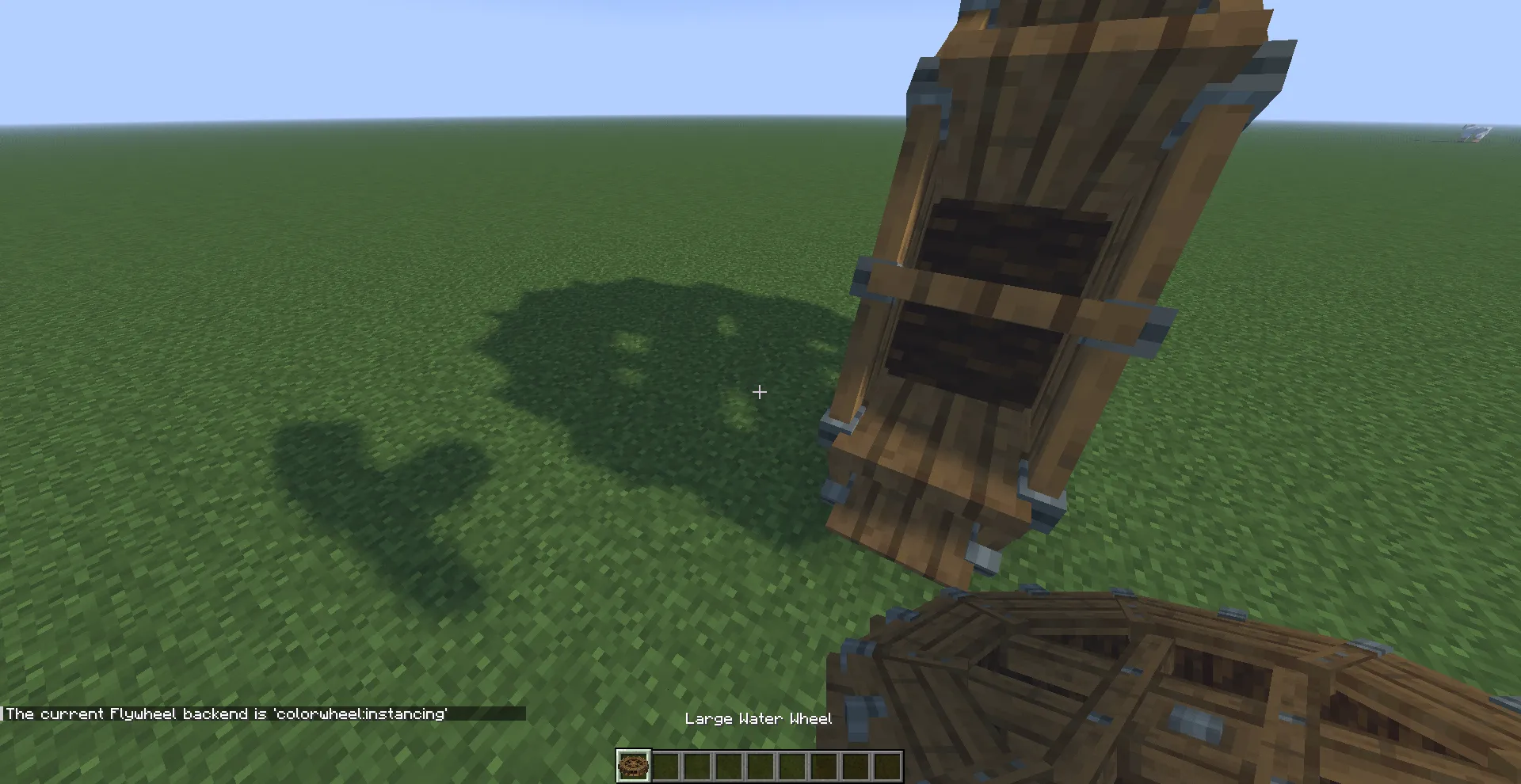
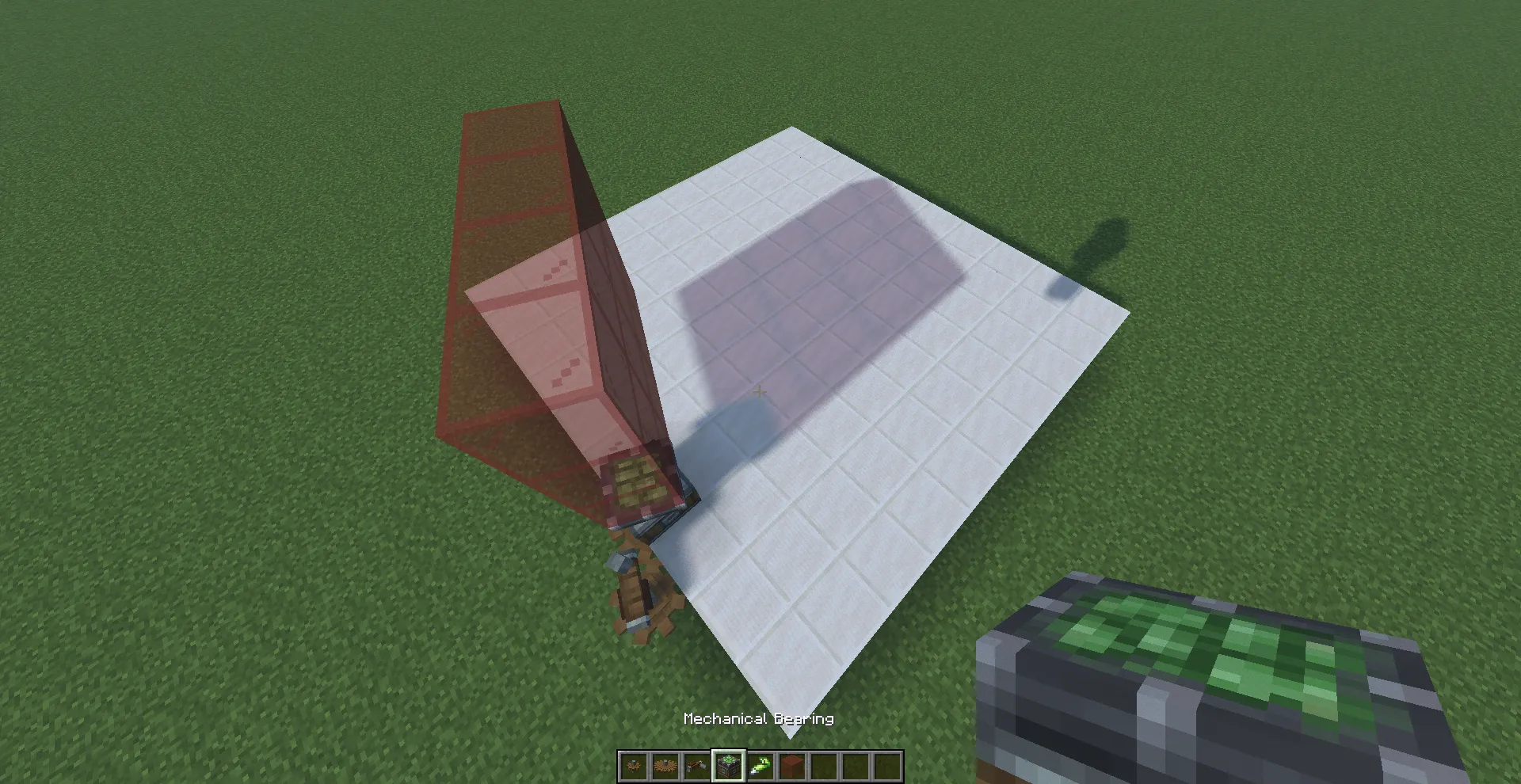
Stress test
Section titled “Stress test”You might wonder why all this effort is necessary? What are the real benefits of doing all of this?
Let’s run /fill ~ ~ ~ ~31 ~ ~31 create:water_wheel to spawn 1024 water wheels. With the colorwheel:instancing backend, everything runs smoothly. But if your run /flywheel backend flywheel:off, you might notice your computer suddenly getting very noisy.
For reference, on my Steam Deck, the performance dropped from an average of 45 fps to 0 fps, so that’s quite an improvement.
Going futher
Section titled “Going futher”We are now properly rendering opaque geometries, but Flywheel exposes more transparency modes.
Colorwheel provides more programs, one for each transparency mode. If the gbuffers program for a transparency mode doesn’t exist, clrwl_gbuffers will be used instead while retaining their default blending mode. Make sure that every transparency mode will be rendered properly (this is especially true for shaderpacks using a deferred pipeline).
